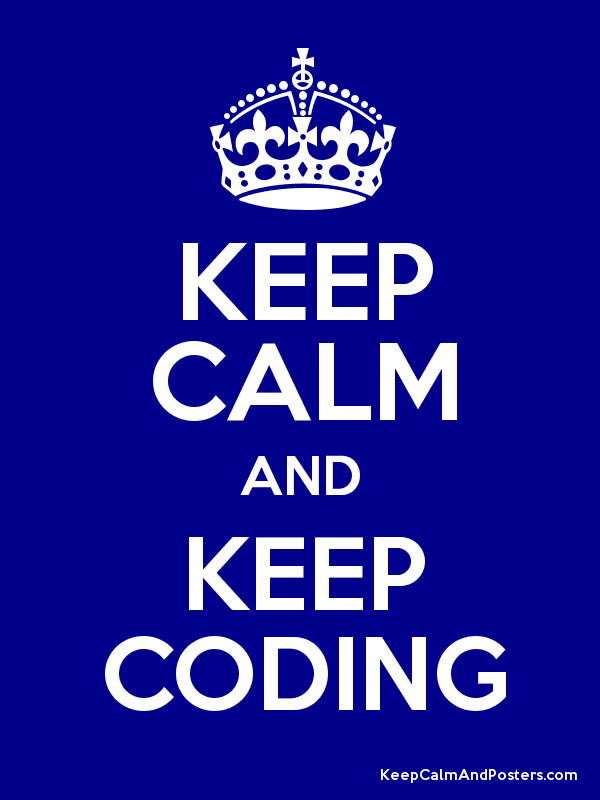I’ve just been reading Howard Rheingold‘s case study on the Connected Learning website on Jim Groom’s “DS106″ course, and was inspired to write down a couple of ideas. Coincidentally, one of the central elements to the success of the DS106 course (and Connected Courses in general) seems to be blogging – or maybe simply writing. Or maybe even more simply, producing materials/texts/ideas to share with the world – regardless if anyone is going to read it. I was particularly inspired to write down these thoughts when I got to Rheingold’s section on the “Assignment Bank” – a repository of various assignment types from which students could select to “[model] their learning for others.” What I found interesting about this wasn’t just that Groom had handed over logistic (and epistemic?) authority over to his students by letting them come up with their own assignments (and assignment genres), but the purpose of so doing was to encourage students to be accountable to their own learning, as well as to the larger learning community (i.e., the course). In my own teaching and research experience at the K-12 level, and perhaps even more so in higher ed, assignments seem to take on a weird role that straddles 1) the maintenance of a tradition of rigor (sometimes for rigor’s sake), and 2) getting more stuff “into the heads” of individuals (this is, presumably, important in formal educational contexts because of limited class periods – or in other words, limited access to “instruction”). But in the context of DS106, assignments seem at least to have a different, and arguably more impactful purpose. Assignments are meant to draw upon relevant themes and the production of digital artifacts, and additionally, to serve as content/material for exploring the ideas and concepts that are central to the course. It’s kind of meta, but it’s also an insanely awesome feedback loop, where the topics of the course are explored through student-produced artifacts. The success of the course as a learning experience is therefore dependent on the participation of those taking the course. In other words, the students are accountable for making the course what it is, and what it can be.
Stepping back a bit, it seems to me that one huge advantage of this is that the purpose of the assignment is to create and maintain two levels of accountability. Assignments that are interest-driven in this way are a vehicle for encouraging students (maybe we should just call them “participants”?) to be accountable for their own learning (i.e., they learn by participating in the creation of a digital artifact), as well as to be accountable to the knowledge community – their digital artifacts are, in a way, levers for collective knowledge construction. They support the group’s learning discourse. This seems particularly difficult to do in learning settings where all the decision making regarding assignments, assessments, and activities lie with a privileged authoritarian or institution. Just some thoughts…



